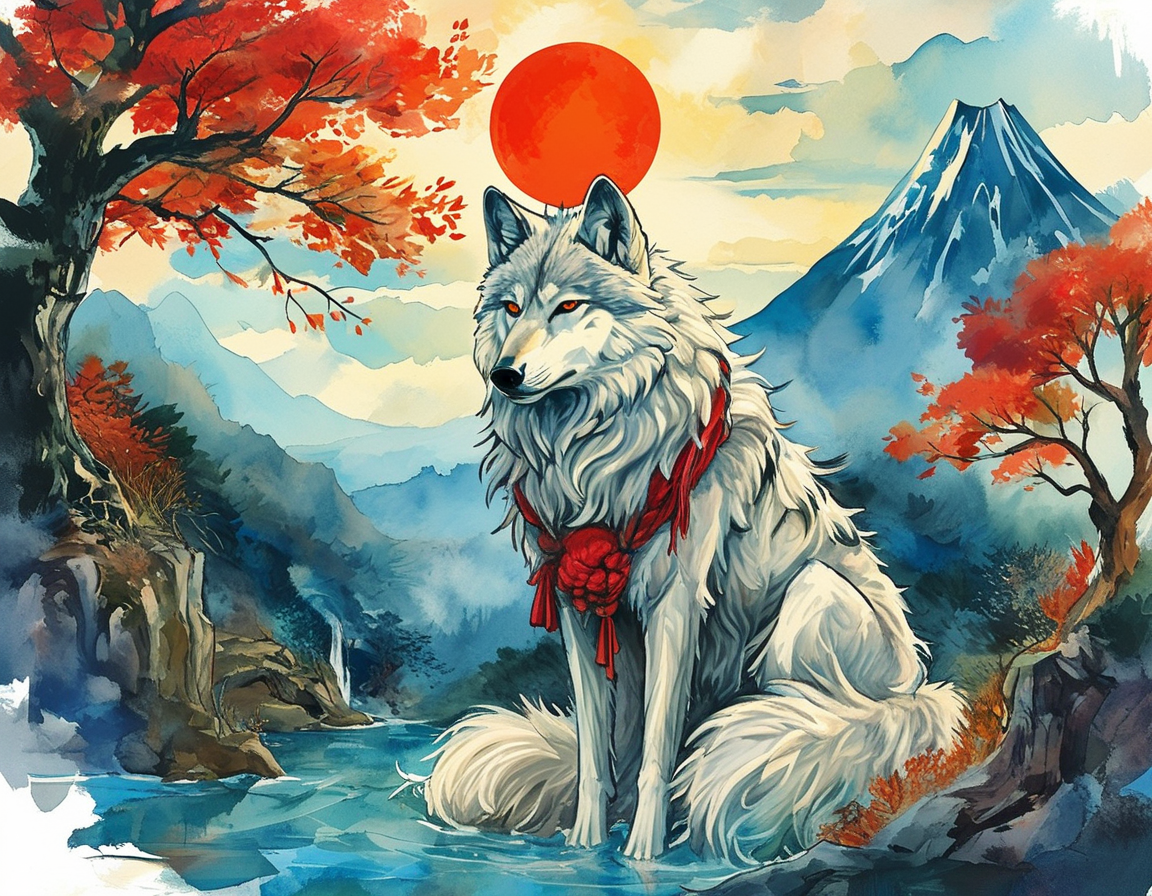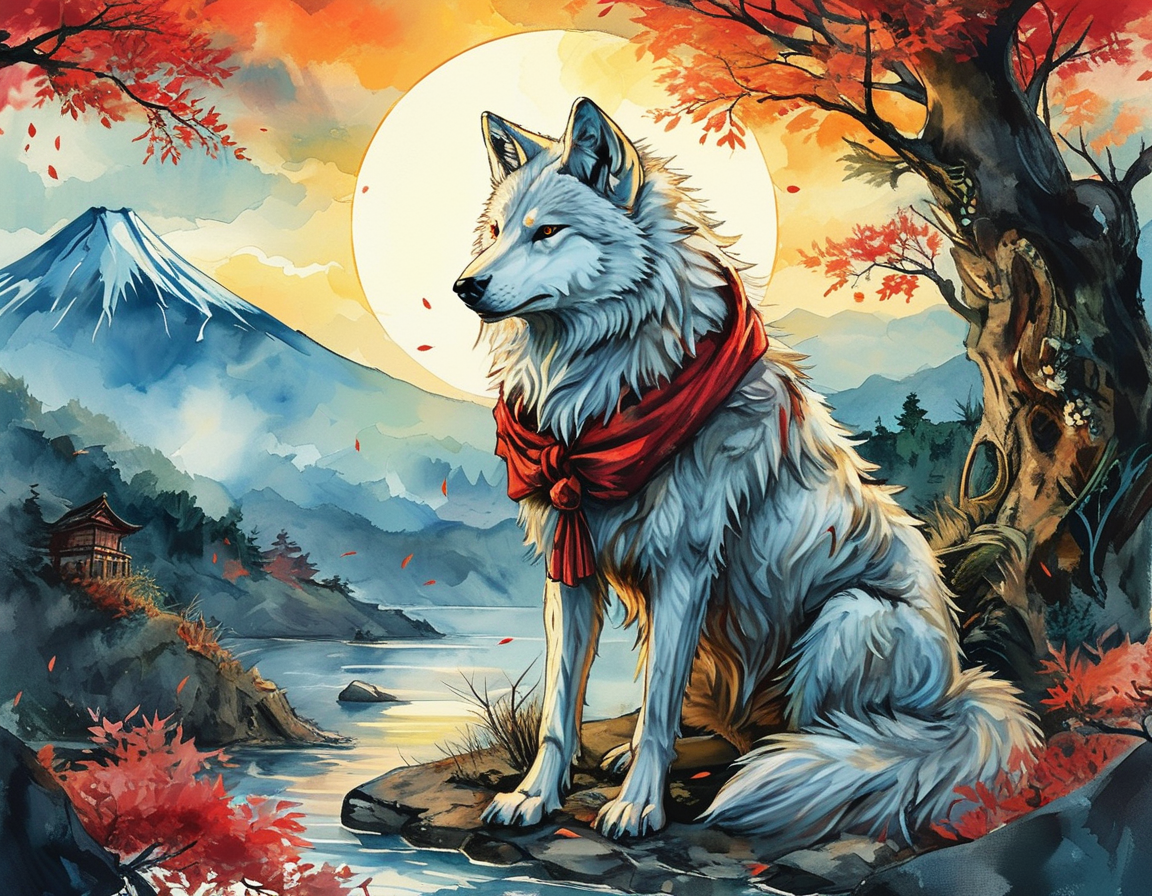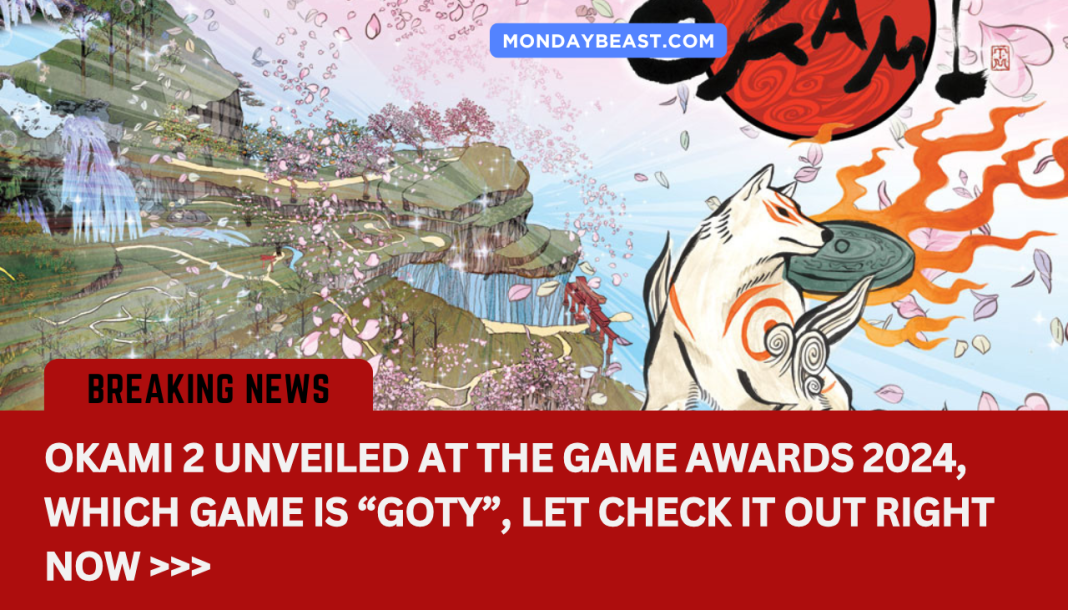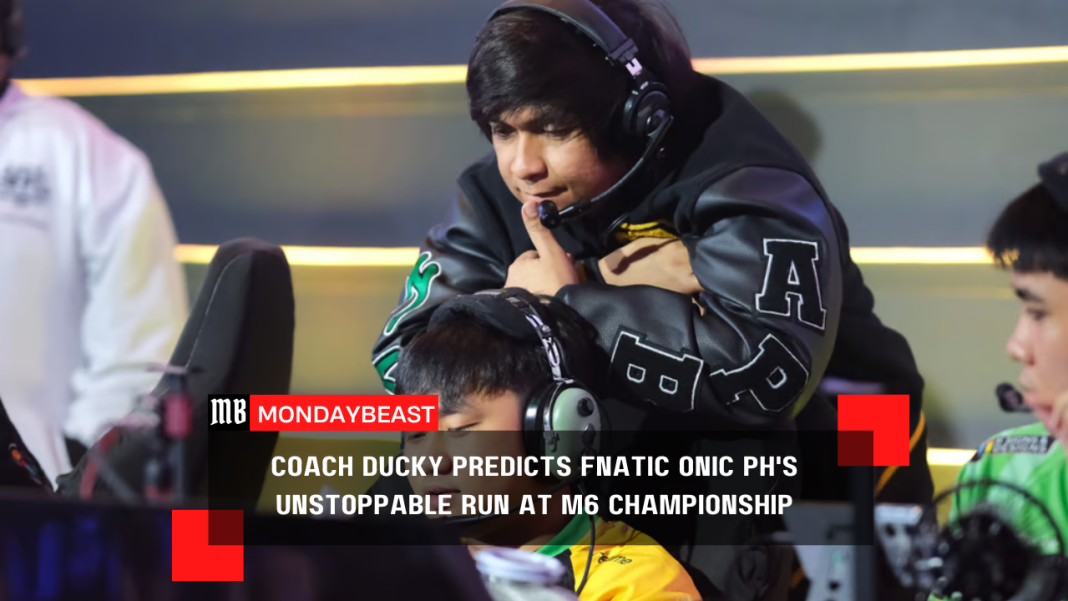The Game Awards had a moment for the ages. Geoff Keighley, the host, nearly broke into tears. He revealed a sequel to Okami, one of gaming’s most beloved titles. For those who don’t know, Okami came out in 2006. It’s a magical journey featuring a wolf goddess fighting spirits. It’s also a pivotal piece of gaming history.
Watching Geoff Keighley’s emotional reaction was powerful. It felt so pure, so human. I was struck by how real he was in that moment. As the details of the game flashed on the screen, raw emotion welled up inside me. I thought of my memories with Okami, the adventures I had exploring its beautiful world. Like Geoff, I shed a tear.

Okami is more than just a game; it’s an experience. Players step into the role of Amaterasu, a wolf god. In a stunning realm inspired by Japanese art, players combat evil and rejuvenate the land. It felt fresh and innovative back in 2006, offering a blend of action and puzzles reminiscent of Zelda games.
Looking back, Okami’s visuals stand out. The thick brushstrokes mimic watercolor and traditional Japanese paintings. Sometimes, it feels like stepping into a living canvas. I remember feeling entranced while playing, losing track of time as I painted the world vibrant again.
Yet, the game wasn’t without flaws. It had its share of lengthy quests. Some moments felt drawn out, which made it easy to lose interest. Still, the essence of that game resonates deeply. It reflects a time when gaming art reached new heights.

Despite its lackluster sales, Okami forged its place in gaming history. It laid the groundwork for future creators. It inspired many, including those who would establish PlatinumGames after Clover’s downfall. That studio birthed incredible games that shifted the industry’s landscape.
Fast forward to the present moment. The announcement of a sequel sparked joy and nostalgia. Capcom bringing back Hideki Kamiya signifies a chance for redemption. Could this be a new era for Capcom? Many fans hope so.
The teaser trailer stirred excitement with its orchestral score. A stunning visual direction captures the beauty of its predecessor while adding a new flair. No more inky outlines; just warm, painterly colors. The vibrant animation of Amaterasu sprinting across landscapes took my breath away.

When you see such passion from creators, it’s inspiring. Can a game really shape its industry’s mindset? The emotional connection between the audience and developers is undeniable. It’s what makes the gaming community feel like family.
A surprising element is the interaction with the audience. The Game Awards transitioned from Keighley’s excitement to Kamiya’s calm demeanor. Behind his red shades, you could sense a world of thoughts. Perhaps he grinned at the thought of returning to a beloved project while holding back tears.
But let’s address a common misconception. Many pin hopes on Unity’s digital representation of Notre Dame for its restoration. While some believe in its impact, this perspective overlooks the real-life creators behind the cathedral. It’s an attractive narrative, yet fundamentally inaccurate.
In closing, the return of Okami shines a light on what gaming can offer. It illuminates potential that still lingers in the industry. Passionate creators can bring beauty into our world, be it digital or in reality. As the sequel approaches, we’re reminded how games anchor our emotional experiences. What awaits us in this sequel? Only time will tell, but my heart feels hopeful.




